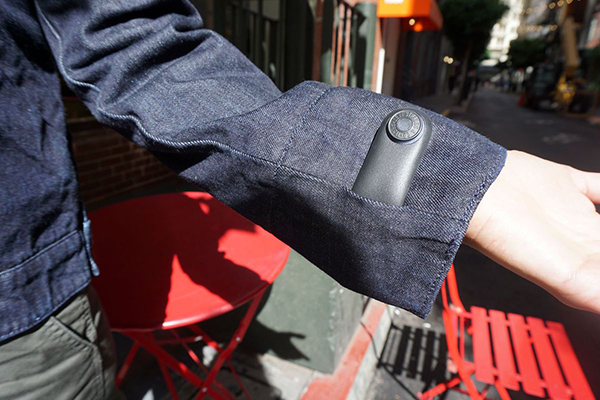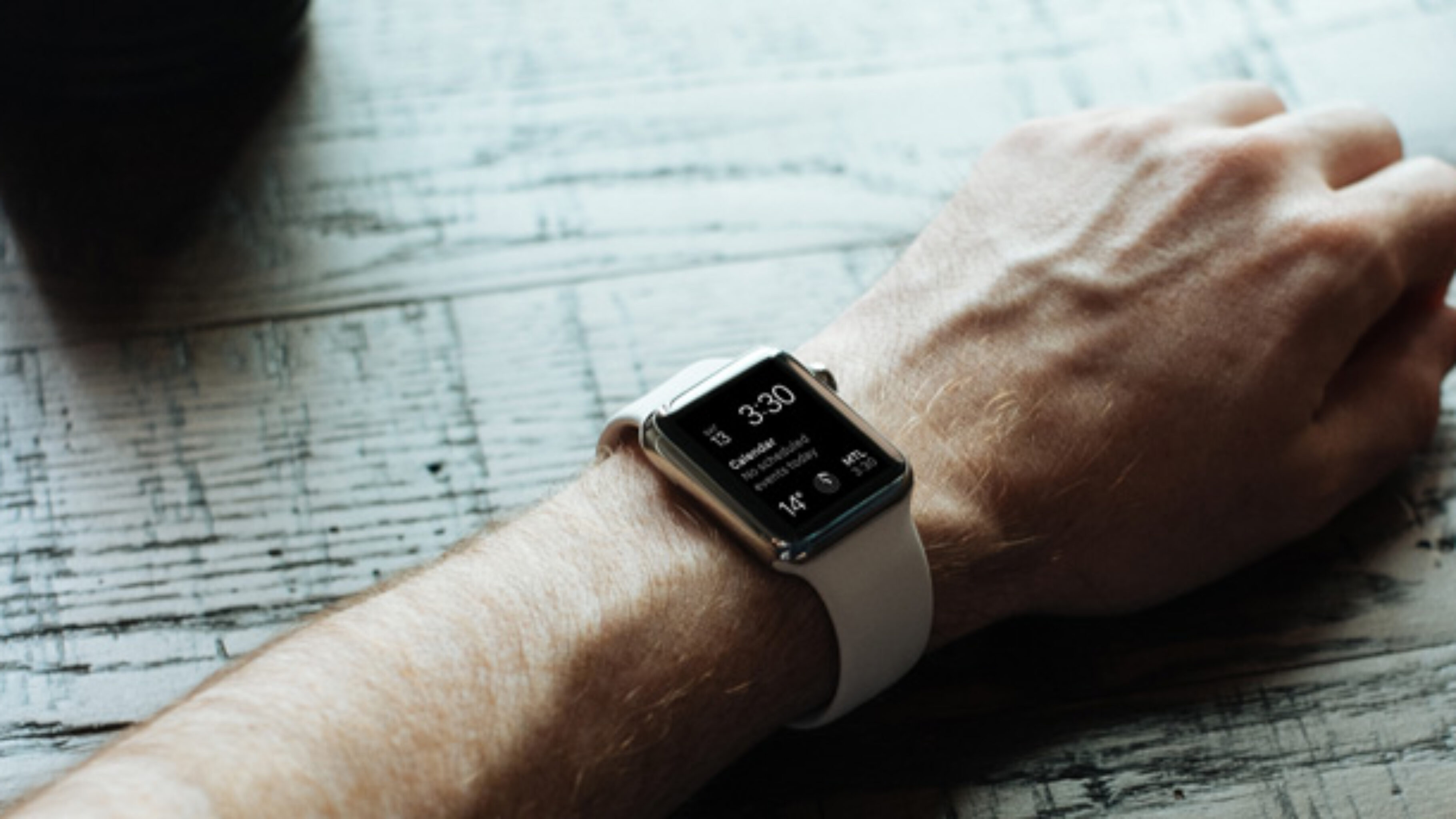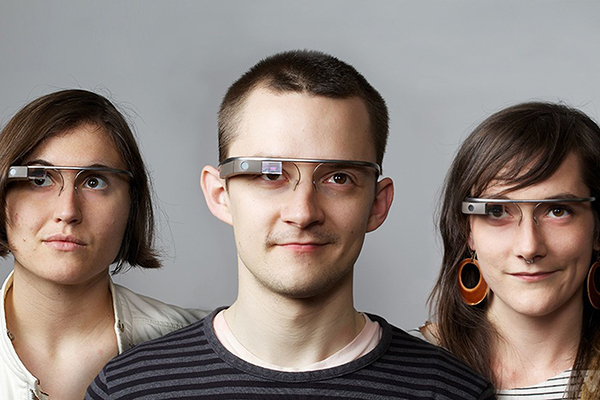Back in 2014, wearables were tipped to be a great thing. Many tech-savvy and eCommerce experts were adamant that soon we would all be wearing clip-on headsets. However, a recent poll has shown that three-quarters of users over 18+ have never bought any wearable technologies. But, before we consign wearables to the technical failures basket, we should ask ourselves- can they be saved? To answer that we need to look at why they failed in the first place.
As a primary reason, we could consider the cost, a factor that played a huge role in the downfall of wearables. Two examples of these are Levi’s Wearable Jacket and Oakley Rader Pace. The jacket allowed wearers to navigate their journeys through a built-in GPS, by paying £450, while the Rader Pace – a sunglasses/personal trainer hybrid- could be bought for only £449.

Here comes the smartphone
One huge stumbling block for wearables was and always will be smartphones. Almost everything wearables functionality is available for smartphones. The Apple Watch is an excellent example of how competing alongside smartphones; wearables fall significantly short. The Apple Watch when launched, achieved sales of $11.9 million in 2016, this figure was dwarfed by the $90 million sales of iPhones in the US, in the same year.
Not cool enough
Vanity is also a huge reason why wearables are not taking off. Many wearable products are just not very cool. They don’t flatter the consumer, nor do they rank highly alongside the trends of the day, in terms of style. Wearables often take the form of sunglasses that allow you to take pictures or headsets that let you know when a parking space becomes available, and these are not pieces particularly flattering.
Battery life
Most wearable products have alarmingly low battery life and what with most consumers carrying around iPhones which need constant charging, having to charge more than one item is tedious and irritating for most consumers, who like to travel slick and light.
Given the drawbacks mentioned above, it seems consumers have lost interest and are less inclined to consider their worth and that they might be an asset to their lives as time goes on. It is going to take a very inventive offering from wearable creators that can offer something different from a conventional iPhone app, to get consumers engaged and keen to buy wearables once again.










